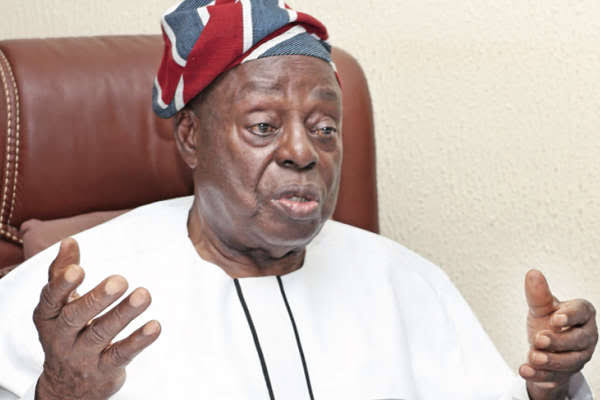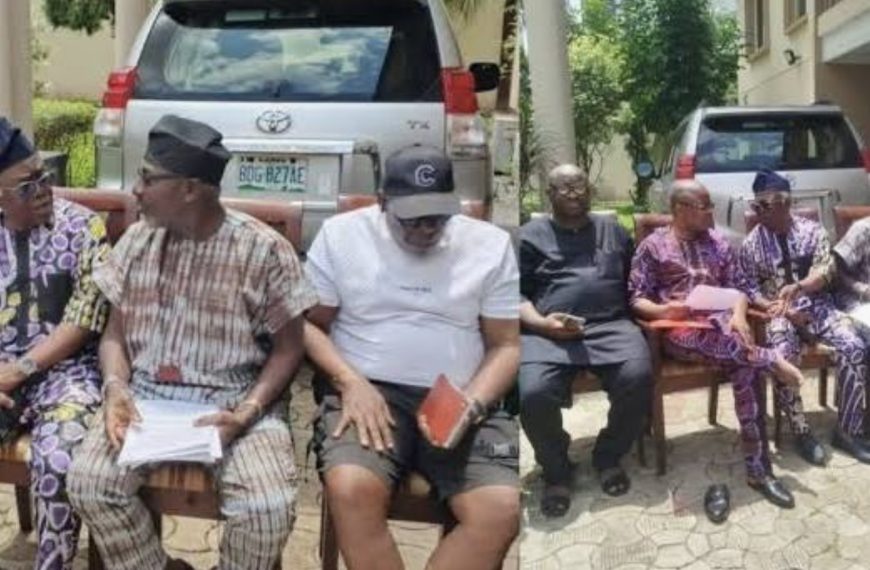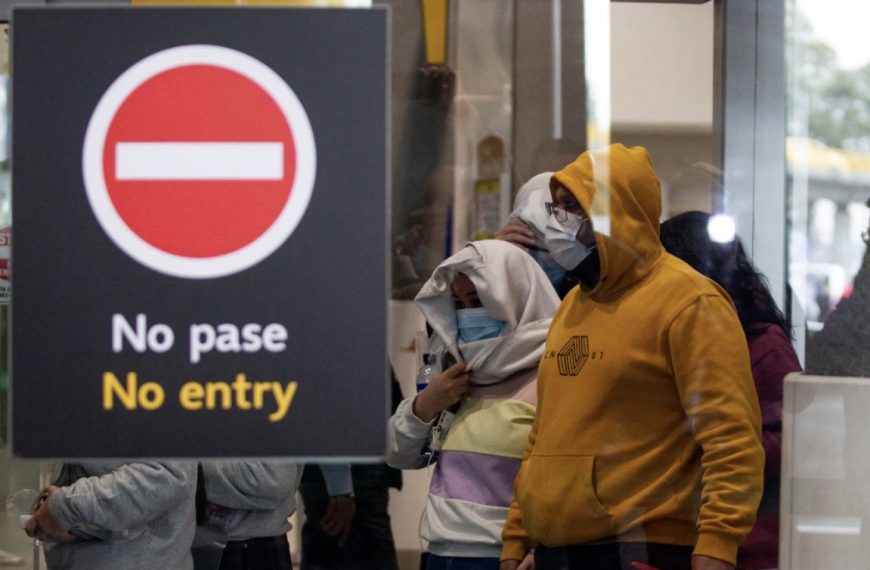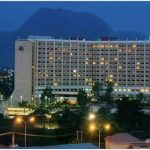Nigeria’s external debt is the largest amongst all sub-Saharan African nations, despite the fact that it received debt waivers from the Paris Club, London Club or from Independent Creditors.
The arrears of this debt have accumulated inexorably, putting Nigeria in the bad books of international financial communities. Also, Nigeria’s huge debt profile has negatively affected its economy, hence, a big reason to worry.
Nigeria’s Vivid Debt History
The Pre-independence Debts
Nigeria’s public debt dates back to its colonial rule. The first recorded public borrowing was in 1923-24 when a loan of £5.7 million was taken by the Nigerian Protectorate at an annual interest rate of 2.5 percent and with a structured repayment time of 20 years. In 1927, another £1 million loan was taken from the Bank of England to finance the construction of the Lago-Port Harcourt Railway. This loan was guaranteed by the British Government and was repaid in 1938. In 1936, the Nigerian Protectorate took another loan of £4.89 million. From 1946 to 1948, it took additional loan of £5.74 million. In 1958, the Nigerian Protectorate took a loan of £28 million from the International Bank for Reconstruction and Development, IBRD, which is also known as the World Bank to finance the expansion of the Kainji Dam and the Ugheli Power Station. This was repaid in 1978.
By the end of the Colonial rule, Nigeria had a national debt of $31 million at an interest rate of 3.5 percent per annum and a repayment period spanning two decades.
Post Independence Debts
Following its independence in 1960, Nigeria continued incurring both domestic and external debt to finance its development needs. It borrowed from the World Bank, the International Development Association, the International Monetary Fund, the African Development Bank, the European Economic Community and bilateral creditors such as the United States, Britain, France, Germany, Japan and China.
The main sources of domestic loans are the Central Bank of Nigeria, the Nigerian Industrial Development Bank, the Nigerian Agricultural and Cooperative Bank, and the Nigerian Bank of Commerce and Industry.
Debts under the First Republic
It is noteworthy that Nigeria took no external loan from 1963 to 1966 when Dr. Nnamdi Azikiwe was president.
Debts under the Military Rule from 1966 till 1979 Post independent. It was under the military that Nigeria started taking foreign loans.
a. Under the rule of General Yakubu Gowon from 1966 to 1975, Nigeria’s debt profile rose by $1.687 billion.
b. From 1975 to 1976 under the rule of General Murtala Mohammed, Nigeria’s debt dropped from $1.69 billion to $1.33 billion.
c. Under the rule of General Olusegun Obasanjo from 1976 to 1979, Nigeria’s debt increased by $4.90 billion.
Debts under the Second Republic: Nigeria’s debt increased by $11.33 billion from 1979 to 1983 under the democratic leadership of Alhaji Shehu Shagari
Debts under the Military Rule from 1983 to 1993
a. Under the rule of General Muhammadu Buhari from 1983-1953, Nigeria’s debt increased by $1.078 billion.
b. Under the rule of General Ibrahim Babangida from 1985 to 1993, Nigeria’s debt increased by $12.04 billion.
There was no recorded debt under the Third Republic
Debts under the military rule from 1993 to 1999
a. Under the rule of General Sani Abacha from 1993 to 1998 Nigeria’s external debt dropped from $30.7 billion to $30.31 billion.
b. Under the rule of General Abdulsalami Abubakar from 1998 to 1999, Nigeria’s debt dropped from $30.32 billion to $29.1 billion












